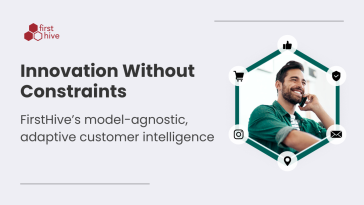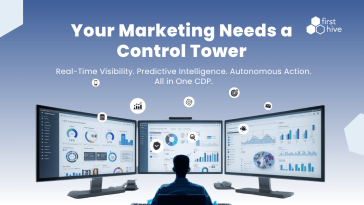In today’s digital age, businesses are constantly striving to enhance their understanding of customers and provide personalized experiences. One approach that has gained significant traction is the concept of Customer 360. This blog post will explore the 360 view of the client, its role in digital transformation, and how businesses can leverage it to drive success.
What is Customer 360?
Customer 360 is a comprehensive approach that aims to consolidate and integrate customer data from multiple sources to create a holistic view of each individual customer. It involves collecting and analyzing data from various touchpoints, such as transactions, interactions, and engagements, to gain insights into customer behavior, preferences, and needs.
Why is Customer 360 Important?
Customer 360 plays a crucial role in digital transformation initiatives for several reasons:
- Personalized Experiences: By having a complete view of customers, businesses can tailor their interactions, offers, and recommendations to individual preferences, enhancing the customer experience.
- Data-Driven Decision Making: Customer 360 provides valuable insights that enable businesses to make data-driven decisions regarding marketing strategies, product development, and customer engagement.
- Improved Customer Retention and Loyalty: Understanding customers at a deeper level allows businesses to anticipate their needs, proactively address issues, and build long-term relationships, leading to increased customer retention and loyalty.
How Digital Transformation Drives the Personalized Customer Experience
Digital transformation is revolutionizing the way businesses operate and interact with customers. It encompasses the adoption of digital technologies, processes, and strategies to deliver value and meet evolving customer expectations. Digital transformation enables the personalized customer experience in the following ways:
- Data Collection and Integration: Digital transformation initiatives facilitate the collection and integration of customer data from various sources, enabling businesses to build a 360 view of the client.
- Automation and AI: Technologies like artificial intelligence and automation enable businesses to analyze large volumes of customer data and extract meaningful insights, which can be used to personalize interactions and offerings.
- Omnichannel Engagement: Digital transformation empowers businesses to engage with customers across multiple channels, such as websites, mobile apps, social media, and chatbots, providing a seamless and consistent experience.
Integration Challenges for Customer 360
Implementing Customer 360 can pose several challenges for businesses, particularly from an IT perspective. Some common integration challenges include:
- Data Silos and Disparate Applications: Customer data is often scattered across different systems and applications, making it difficult to create a unified view.
- Lack of IT Resources: Integration projects require dedicated IT resources, and the shortage of skilled personnel can hinder progress.
- Slow Integrations: Traditional integration methods can be time-consuming and complex, leading to delays in implementing Customer 360 initiatives.
Solving Integration Challenges
To address these integration challenges, businesses can consider the following strategies:
- Data Integration Platforms: Implementing a data integration platform like Jitterbit can streamline the process of connecting disparate systems and applications, enabling businesses to achieve a 360 view of the client.
- Low-Code Application Development: Adopting low-code application development platforms accelerates integration projects by empowering non-technical users to build integrations and workflows.
- APIs and Microservices: Leveraging APIs and microservices architecture can enable faster and more efficient integration between systems.
Case Study: JELD-WEN
JELD-WEN, a leading manufacturer of windows and doors, implemented a Customer 360 initiative using Jitterbit’s integration platform. By integrating data from multiple systems and applications, JELD-WEN gained a comprehensive view of each customer, enabling personalized sales and marketing efforts and improving customer satisfaction.
The Takeaway: IT Will Lead Digital Transformations by Implementing Customer 360
IT plays a critical role in driving digital transformations by implementing Customer 360 initiatives. By leveraging data integration platforms, low-code development, and APIs, IT teams can overcome integration challenges and enable businesses to deliver personalized customer experiences.
Conclusion
The 360 view of the client is a powerful concept that empowers businesses to understand their customers better and provide personalized experiences. By adopting Customer 360 initiatives and leveraging technology solutions, businesses can unlock valuable insights, improve customer satisfaction, and drive digital transformation.








